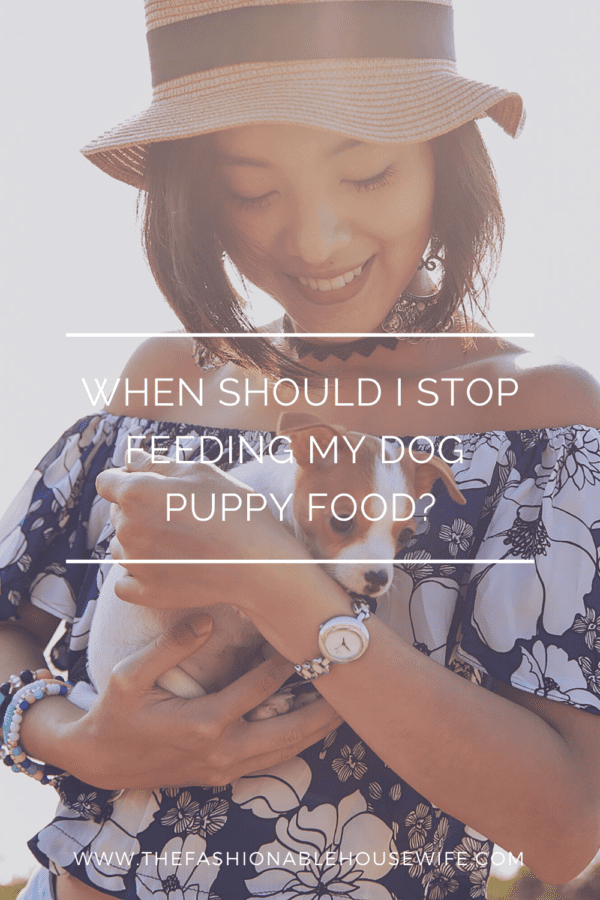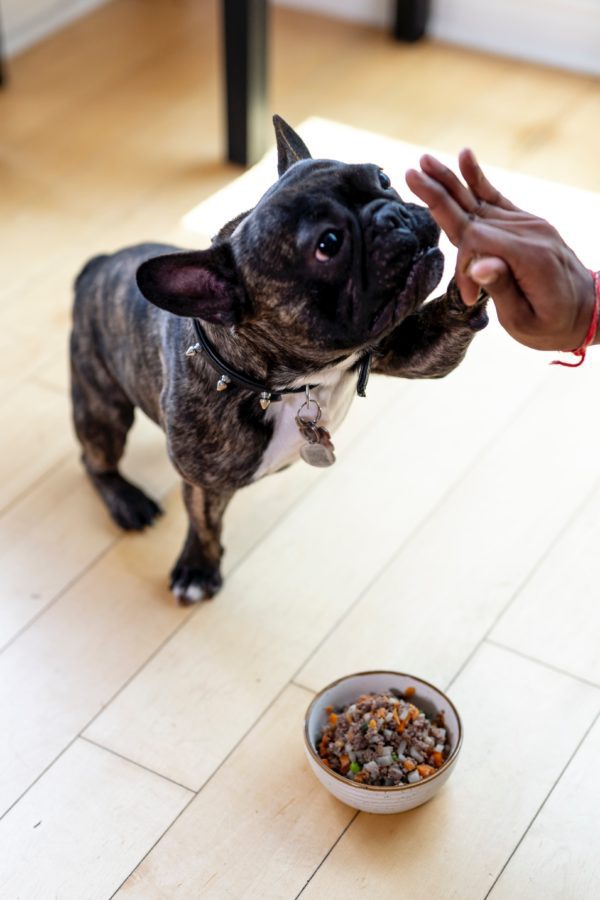
Often, dog parents get confused about when to transition their little canines from pup food to adult food. That’s because dogs grow into adulthood at different rates. There isn’t really a “switching” period that applies to all breeds.
According to My Sweet Puppy, one must keep an eye out for shifts in behavior, energy levels, appetite, and appearance indicative of canine adulthood. If you’ve been feeding your pup high-quality dog food, transitioning too early could be a mistake.
Your pooch needs all the vitamins and minerals puppy food affords while it’s still growing. That’s why it’s crucial to transition at exactly the right time.
But when exactly would this be? Let’s find out.
Puppy Food vs. Adult Dog Food
Commercial dog food formulated specifically for pups is incredibly beneficial for dogs until their adolescent stage. The stage between the puppy and adolescent age is where most of the growth and development occurs. Meaning they would need a more balanced and complete brand of dog food during this phase of their life.
Puppy food provides exactly that, with its slightly different balance of minerals and vitamins and higher caloric content for supporting muscle and bone growth. Most vet nutritionists recommend homemade versions of puppy food since they allow you to customize contents according to their pup’s individual needs. You might want to go down this road for a sensitive breed with a high-maintenance diet.
While an adult canine is unlikely to experience nutritional problems from being fed pup food, it doesn’t mean it’s completely out of the woods with regard to other concerns. Among the main concerns linked to mismatching food and the current life stage is excess weight gain. That’s because pup food packs more calories than adult food—calories an adult no longer needs.
That said, spaying or neutering can also be the reason for your dog’s weight gain. Of course, this process is still recommended for its broad range of benefits.
When To Stop Feeding Pup Food

Transitioning from pup food to adult dog food depends on several factors: breed, age, size of an adult dog, and health status. Each of these aspects varies from one dog to another, so a uniform transition time is not specified.
Though, generally speaking, transitioning to an adult diet when your dog is obviously already an adult should be harmless. For small- to medium-sized pooches, this should be around the eight- to the 12-month mark. On the other hand, this wouldn’t be for at least another six months for large and giant breeds.
If you can’t quite determine your dog’s breed, the safest bet would be to wait until it is at least a year old before switching the diet. Dogs with health issues that you can better manage with diet shifts might need to transition earlier.
Your vet should be able to help you decide on all matters related to food transition. That includes what adult dog food best caters to your pooch’s individual needs.
How To Transition To Adult Dog Food
Transitioning to adult dog food should be done gradually to minimize or prevent digestive issues. Spread the transition process over a period of seven days to get your dog’s stomach used to the new food. Of course, you would need to lengthen this period if your canine companion is prone to digestive upset.
To help your dog acclimate to the new diet, start mixing smaller portions of the adult food with a larger portion of the pup food. Increase the adult-food portion size throughout the transition period until it’s the only thing left and your pup doesn’t even notice.
If symptoms of digestive issues surface at any time, you could be transitioning too quickly. Try slowing things down and introducing a probiotic supplement into your dog’s diet. It usually resolves the issue for most canines. However, if the bloating, flatulence, appetite loss, or diarrhea persists, get your dog to a vet right away.
How Much Should You Feed Your Canine?
Several factors dictate the amount you should feed your puppy. One should consider the body size, health condition, energy levels, and diet contents when determining their dog’s daily caloric intake. There won’t be a blanket solution because each dog food brand varies in nutritional content.
Also, while dog food bags usually have feeding guides, some might not offer accurate information. That’s why it’s, again, best to rely on your vet regarding your dog’s dietary needs. When consulting a professional, don’t forget to consider the incorporation of treats, table scraps, and supplements into your dog’s diet.
The Joys of Doggy Adulthood
One of the best things about dogs turning into adults is they never quite outgrow their puppy-dog face. Some of the antics might fade, but many of the qualities that make them your “babies” still remain.
Help kickstart their adult life by transitioning them to adult food at the right time. Teaming up with your vet on this should ensure an efficient transition using the proper nutrition.



